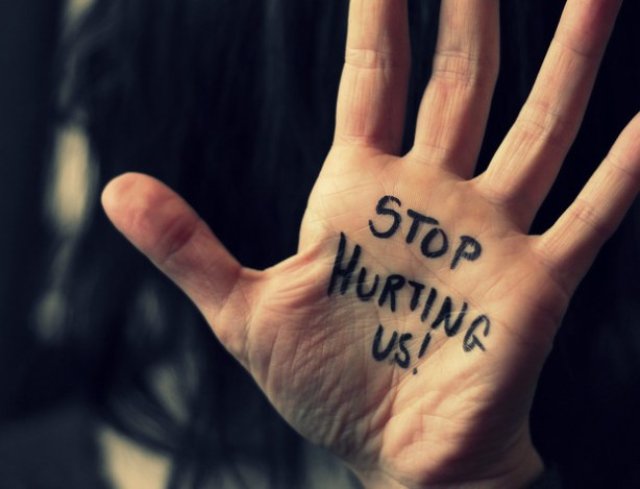
Every week, on average, in Australia, more than one woman is murdered by her present or former partner. Family violence is now the leading cause of death and injury for women under 45, and a staggering one-in-three women experience violence by a former or present intimate partner.
On International Day for the Elimination of Violence Against Women on November 24 last year, Telstra announced the introduction of an employment policy that provides for 10 days paid domestic violence leave each year for its employees.
Thanks in large part to a campaign by the ACTU, there are 1.6 million workers who have access to domestic violence leave in enterprise agreements. The union peak body is now pressing ahead with an application to have paid domestic violence leave inserted in awards so that all workers will be covered by the provision.
While obviously welcome, it is a measure of the epidemic of violence against women that such leave is even necessary. That domestic violence leave now ranks with sick leave, bereavement leave, and annual leave as a necessary workplace entitlement is an indictment on the sorry state of our society.
These leave provisions are, of course, limited to those in employment. For those not in the workforce, support services for women victims of violence range between non-existent in many country and regional areas to thin-on-the-ground, underfunded and overwhelmed in capital cities.
One thing that seems certain is that as unemployment increases so will drug taking. This has occurred in every recessionary period since the 1980s. This time around, though, the drug of choice is likely to be ‘Ice’, a substance that is notoriously associated with extremely violent behaviour. In combination with alcohol, the other drug long-known for its association with violence, it can be, and all too often is, deadly.
Last year the chief executive of Domestic Violence NSW, Tracy Howe, urged that violence against women be treated as if it were a national disaster of any kind, like a flood or a bushfire, and dealt with head on.
This is why the announcement on January 19 by the Victorian ALP government of a royal commission of inquiry into family violence is an important opportunity to not only uncover the full extent of family violence, but to take steps towards its eventual elimination.
In Victoria, family violence is responsible for one-third of all police work. Since 2009, the number of family violence incidents has increased by 83%. Last year there were more than 65,000 incidents reported. The economic costs alone are estimated at $3 billion a year.
The inquiry, which is to report by February next year, will be led by the Supreme Court judge Marcia Neave. It is required to focus on practical solutions to what has, so far, largely been an intractable problem.
But while the Victorian royal commission is a good start, violence against women is not confined to Victoria, or any other state for that matter. It is a national problem that accounts for 40% of police time, costs the national economy $14 billion each year and affects more than one million children.
But with Tony Abbott federal minster responsible for women’s policies and programs, an announcement of a strategy dealing with it is unlikely to be made any time soon.
Like the article? Subscribe to Green Left now! You can also like us on Facebook and follow us on Twitter.